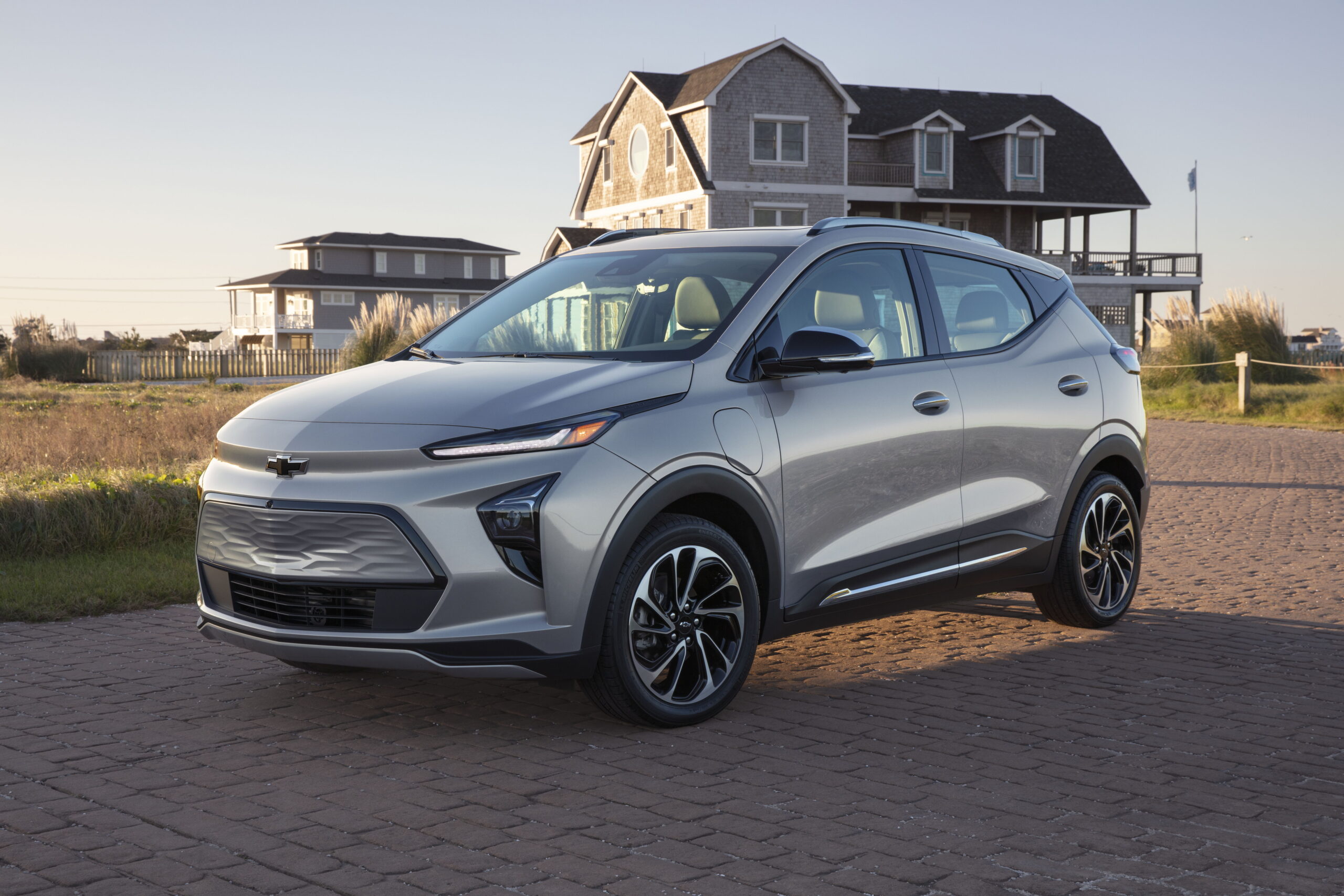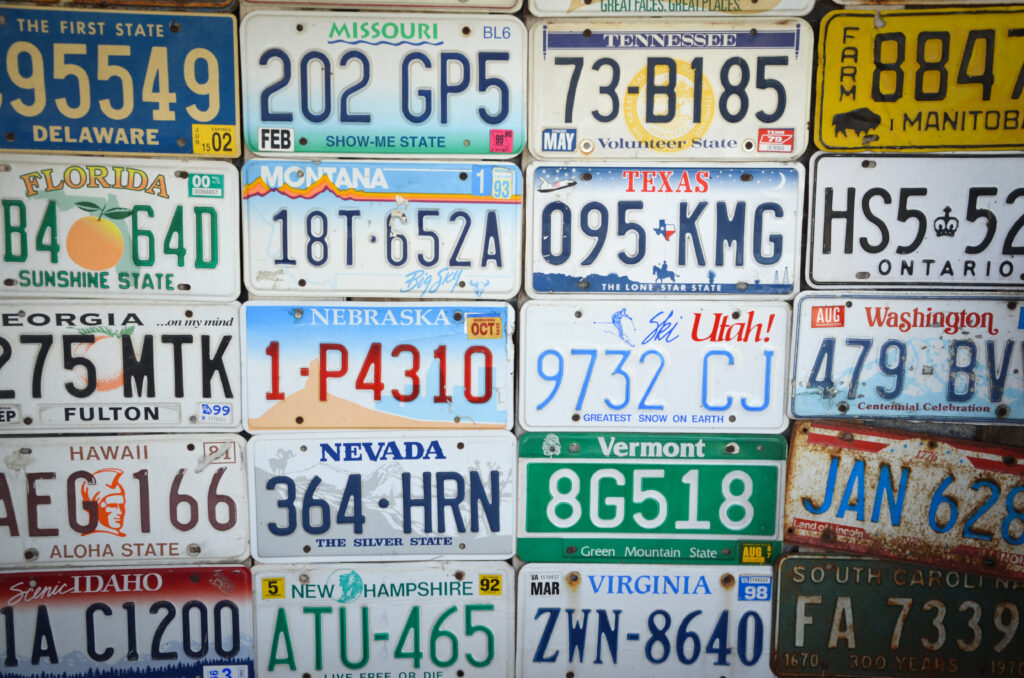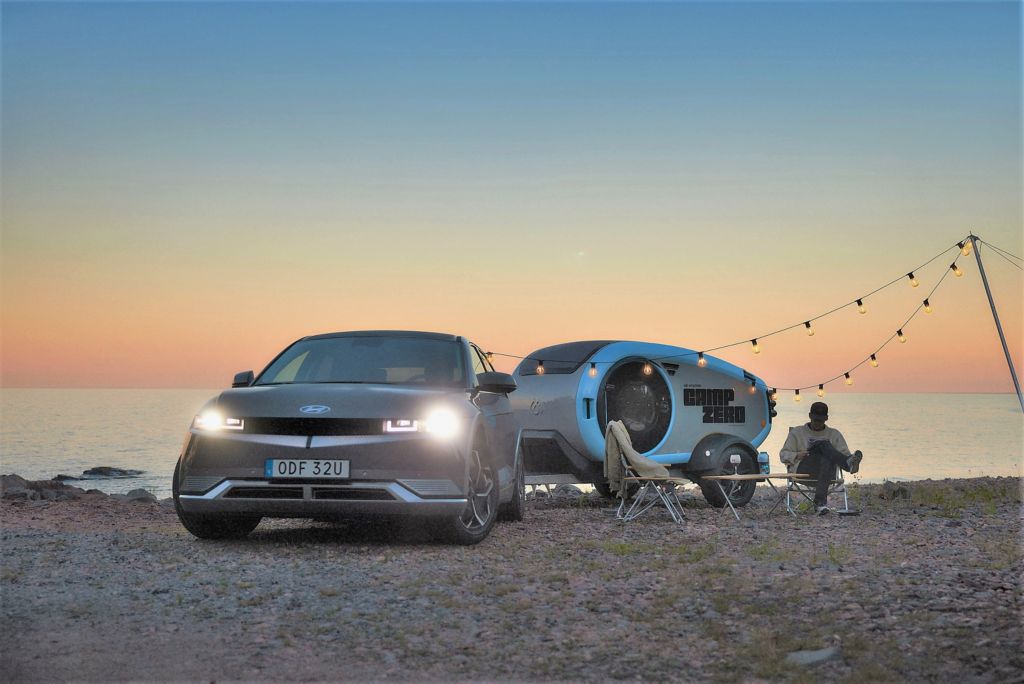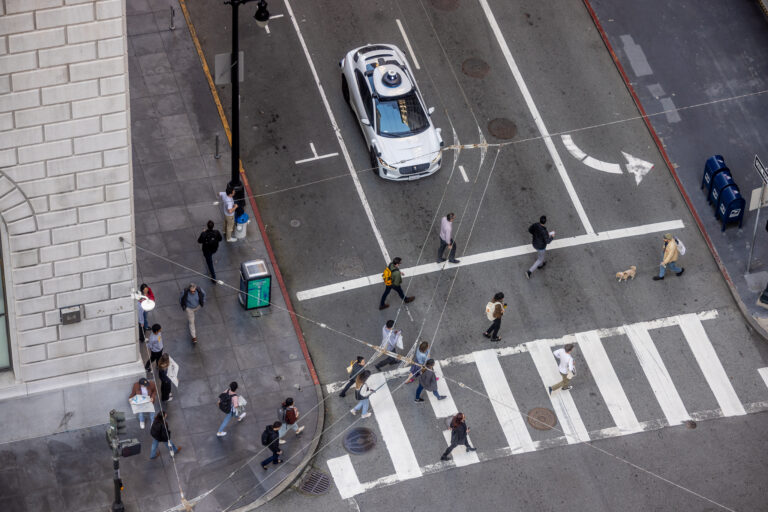
U.S. public officials know that, sooner rather than later, municipal fleets of gas- and diesel-powered vehicles will need to be replaced with EVs. While states can set their own timelines for the transition, many cities have started replacing at least some of their vehicles, including school and public buses and police cars.
Setting an Example
Cities nationwide operate about 4 million cars, trucks and buses, according to Scientific American. While that is only slightly more than 1% of the 283 million vehicles traveling U.S. roads, the hope is that it could set off a trend.
To meet their climate goals, many large cities are buying EVs for their municipal fleets at rates that outpace consumer purchases. Most car buyers are still on the fence about EVs. But if people are interacting with and riding in EVs every day, they may become more inclined to buy one.
“Seeing electric buses and municipal vehicles on the street can help raise awareness of EVs among the public,” said a spokesperson for the Joint Office of Energy and Transportation, a new department established under the 2021 Bipartisan Infrastructure Law. “Installing charging infrastructure that can serve both fleet vehicles and the public helps increase confidence in the availability of convenient local charging.”
Getting Going
Besides reducing carbon emissions, cities can benefit from lower fuel and maintenance costs when they electrify their fleets, according to the Alternative Fuels Data Center, a resource from the U.S. Department of Energy.
The energy department also assists city and state governments adopt new EV technologies through the Clean Cities and Communities partnership, which provides tools to analyze fleet vehicle options and the infrastructure needed to support them.
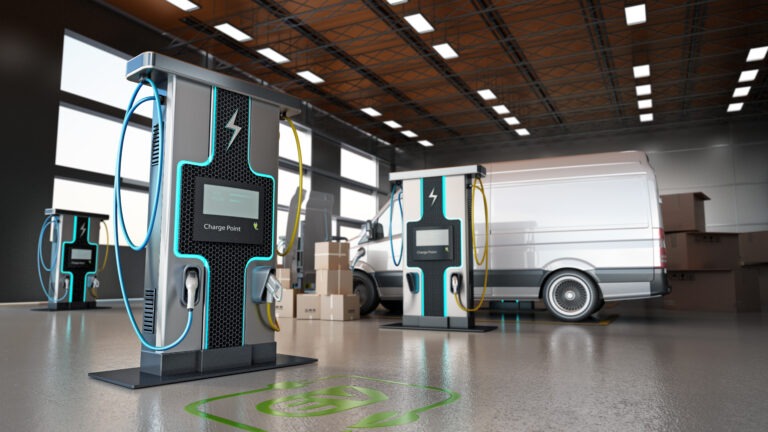
States Moving Forward
In July, South Pasadena, Calif., unveiled the nation’s first all-electric fleet of police cars. The police department is using 10 Tesla Model Ys as patrol vehicles and 10 Tesla Model 3s for administrators and detectives. Although, the cars may not be a good fit for the patrol officers. Tesla’s autopilot safety feature prevents the cars from leaving the road when necessary. The front seats are a tight squeeze for officers with their duty belts and bulletproof vests and the rear section has only enough room for one detainee. There is also a concern that officers who are transporting prisoners a long distance may be unable to find a charging station.
Seattle has one of the most comprehensive plans for adopting electric vehicles through its Green Fleet Program. The city has 500 hybrid vehicles and more than 300 EVs. About 80% of its light-duty vehicle pool is completely electrified, including vehicles in its police, fire and parks departments, as well as two municipally run utility suppliers.
California has set ambitious goals for EV conversion. New regulations call for using only zero-emissions short-haul trucks by 2035, and by 2045, using only electric medium- and heavy-duty vehicles, whenever possible. So far, police and other emergency vehicles, such as fire trucks and ambulances, are exempt. Some cities in the state have already shifted to EVs.

School Buses
School buses are steadily advancing in EV conversions. They have been a concern because most use diesel fuel and spend a lot of time idling, creating noxious fumes that pollute the air and are a health hazard.
Electric school bus deployments nationwide grew to a total commitment of 12,164 buses since 2012, according to the World Resources Institute. Approximately 200,000 U.S. students travel to school on electric buses.
The Environmental Protection Agency’s Clean School Bus Program has funded more than 67% of America’s electric school buses and is slated to invest $5 billion through 2026 to reach the goal.
California leads the nation in electric school bus adoptions, with a commitment of more than 2,300 electric buses statewide; almost 70% have been delivered or are already in service. Illinois follows with commitments for 418 electric buses.
New York City has gone a step further and installed solar panels on the roofs of some electric school buses and integrated them into a smart energy hub. The buses store electricity, and any surplus can be fed into the city grid during periods of high demand.
New York’s utility supplier, Con Edison, is collaborating on the project with First Student, the country’s largest school bus operator and an electrification leader.
Twelve electric school buses at First Student’s Malta Street depot in Brooklyn are slated to get rooftop solar panels, replacing diesel buses. Four of the solar buses are already on the road and the rest are scheduled to be operational by next school year.

Electric City Buses
New York City is also adopting other electric vehicles. During Climate Week in October, Mayor Eric Adams announced a partnership called Hertz Electrifies New York City, whereby the rental car company will add more than 1,700 EVs to its city fleet. Not only will the partnership increase awareness about electric vehicles, it will also create about 100 jobs. Hertz also plans to donate EVs to four city high schools to introduce students to electric vehicles.
Plans to convert the Big Apple’s 5,800-plus municipal bus fleet – the largest in the country – to electric vehicles are also in the works. Metropolitan Transportation Authority officials have set a goal of going all electric by 2040 and launched 60 new electric buses in May. At the end of 2023, the MTA pledged $552.8 million to purchase 205 low-floor battery-electric buses and 224 low-floor 60-foot clean diesel buses.
In the Midwest, Madison, Wis., now has 100 electric vehicles in its fleet, more than any other municipality in the state. Madison’s goal is to be the first large government fleet in North America to ditch gas-powered cars by 2030.
Other cities are testing EV buses as well.
Taxis
Self-driving EV taxis are on the roads in some cities already. Commuters in San Francisco and Phoenix can hail a Waymo from their phones 24/7, and a driverless car will take them to their destination. Service is scheduled to start soon in Austin, Texas, and Atlanta.
Tesla plans to launch trials of driverless taxis, known as Cybercabs, next year in Texas and California. The self-driving Model 3s and Model Ys are expected to use wireless induction charging.
EV Mail Trucks
Driven by the Federal Sustainability Plan, which calls for federal agencies to transition the entire U.S. fleet — the largest in the world — to all electric by 2035, electric mail trucks will be coming to a street near you soon.
New U.S. Postal Service trucks were unveiled in Atlanta earlier this year and include such luxuries as air conditioning, additional cargo space and more headroom. The redesigned trucks are part of the Postal Service’s $40 billion Delivering for America reform plan to support the federal government’s goal of shrinking its carbon footprint by 40% within the next five years. By 2028, the Postal Service plans to deploy about 66,000 electric vans across the U.S. and install hundreds of thousands of chargers.
AAA’s Recommendation: Whether you own an electric vehicle or a gas-powered car is up to you – and you should consider lots of factors in making that choice. No matter what type of vehicle you’re choosing, we recommend visiting a dealership, test driving one, and asking as many questions as possible to make an informed decision.












